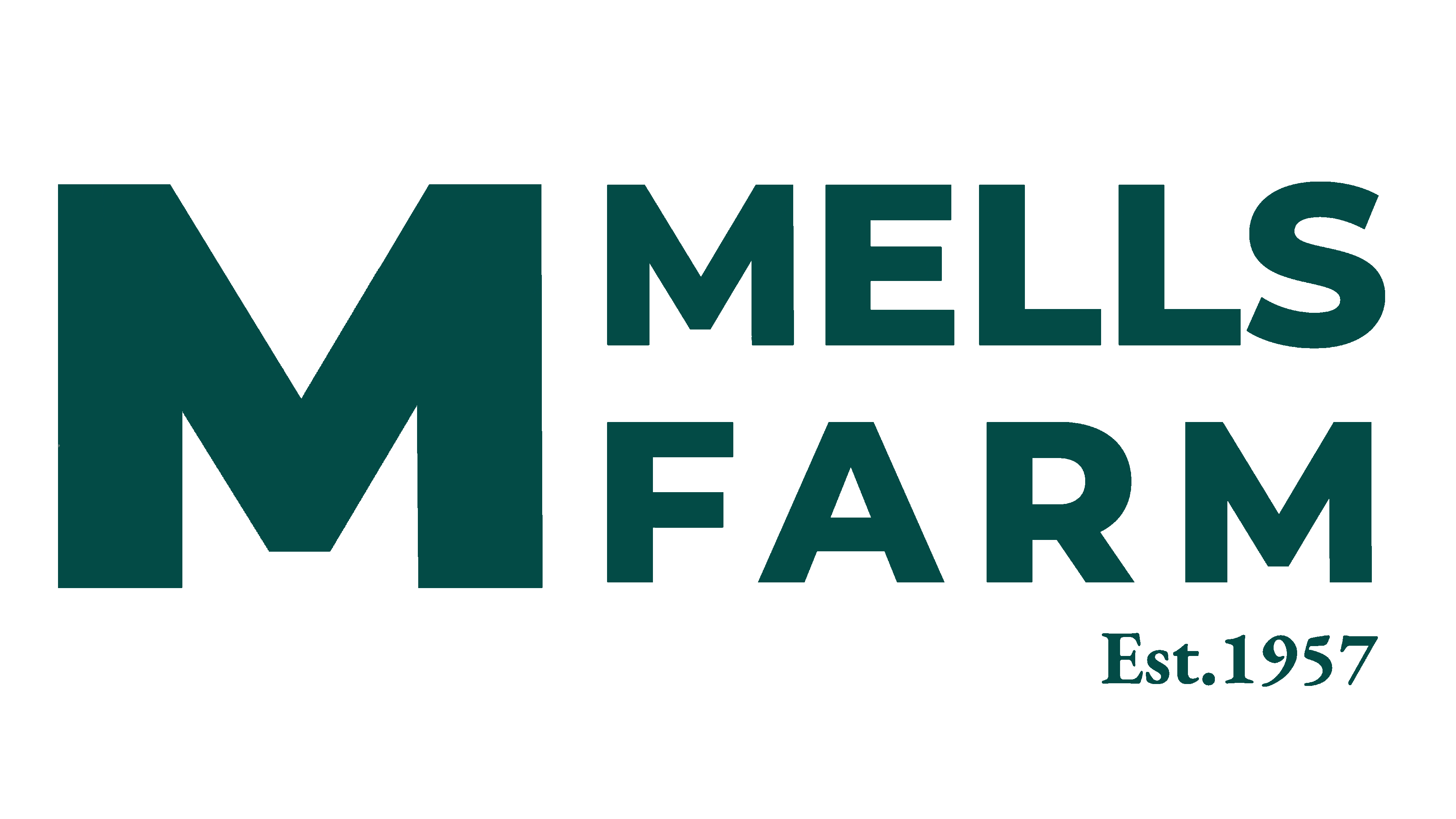Website Launch
/0 Comments/in News/by Mells FarmThe new website for Mells farm is almost ready to launch, we are aiming for the 1st of September 2023 when we shall hit the live button and you’ll be able to see all of the new features and services Mells Farm are currently offering, and what we will be adding in the future.
Sustainable hay production
/0 Comments/in News/by Mells FarmIntroduction:
Hay production is an important aspect of farming, as it provides feed for livestock during the winter months. However, traditional methods of production can have negative impacts on the environment, such as soil erosion and loss of biodiversity.
In recent years, there has been a growing interest in sustainable hay production in the UK. This aims to balance agricultural productivity with environmental stewardship. This blog post will explore some of the key principles of sustainable hay production in the UK that are practiced on Mells farm. As well as practical tips for farmers who are interested in adopting these practices.
Principles of Sustainable Hay Production:
- Wilted Haylage: One method of sustainable production in the UK is the use of wilted haylage. Made by wrapping wilted grass in plastic, This method has several advantages over traditional hay production, such as a reduced risk of rain damage and a higher nutrient content. In addition, haylage can be produced from grass that is too wet to make dry hay, reducing waste and increasing productivity. [3]
- Wildlife Refuges: Another key principle of sustainable hay production is the creation of wildlife refuges within the farm. Leaving un-mown strips around the edge of the field can provide refuge for displaced wildlife, such as birds and small mammals, while also promoting biodiversity. Farmers can rotate these refuge areas to prevent damage to crops and encourage the growth of wildflowers. which can support pollinators. [3]
- Regenerative Agriculture: Regenerative agriculture is a holistic approach to farming that aims to improve soil health, increase biodiversity, and promote sustainable food production. This approach emphasizes the use of cover crops, reduced tillage, and crop rotation to promote soil health and reduce erosion. Regenerative agriculture is applied to hay production by using diverse grass species and reducing the use of synthetic fertilizers and pesticides. [2]
Practical Tips for Sustainable Hay Production:
- Soil Testing: Before planting grass for hay production, farmers should test the soil to determine its nutrient content and pH. This information is used to select the appropriate grass species and fertilizers, reducing waste and promoting healthy soil. [6]
- Grass Species Selection: Selecting a diverse mix of grass species can promote soil health and reduce the need for synthetic fertilizers and pesticides. Some grass species, such as red clover, can also fix nitrogen from the air, reducing the need for fertilizer. [4]
- Timing of Harvest: The timing of hay harvest can impact the quality of the hay and the health of the soil. Harvesting grass at the correct stage of growth promotes nutrient retention and reduce the risk of soil erosion. In addition, farmers should consider the weather forecast when planning hay harvest to reduce the risk of rain damage. [1]
Conclusion:
Sustainable hay production is an important aspect of sustainable agriculture in the UK. By adopting practices such as the use of wilted haylage, the creation of wildlife refuges and regenerative agriculture, farmers can promote environmental stewardship while maintaining agricultural standards.
No images available at the moment
Follow Me!Mells Farm
News
 Mells Farm Unveils Exciting New Look with a Stunning Logo and Sign30 September 2023 - 14:32
Mells Farm Unveils Exciting New Look with a Stunning Logo and Sign30 September 2023 - 14:32 Website Launch26 April 2023 - 20:18
Website Launch26 April 2023 - 20:18New Website due to be launched 01/01/23
 Sustainable hay production26 April 2023 - 10:31
Sustainable hay production26 April 2023 - 10:31 Ebony13 August 2022 - 12:30
Ebony13 August 2022 - 12:30 Sophia10 July 2022 - 14:03
Sophia10 July 2022 - 14:03




